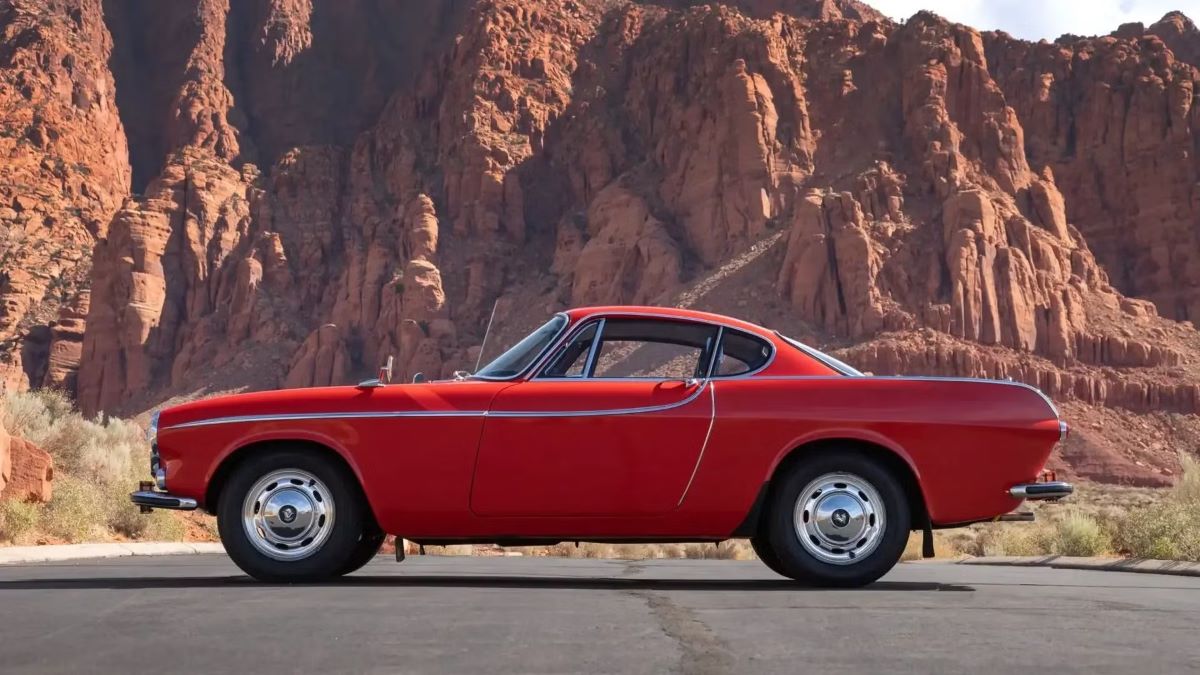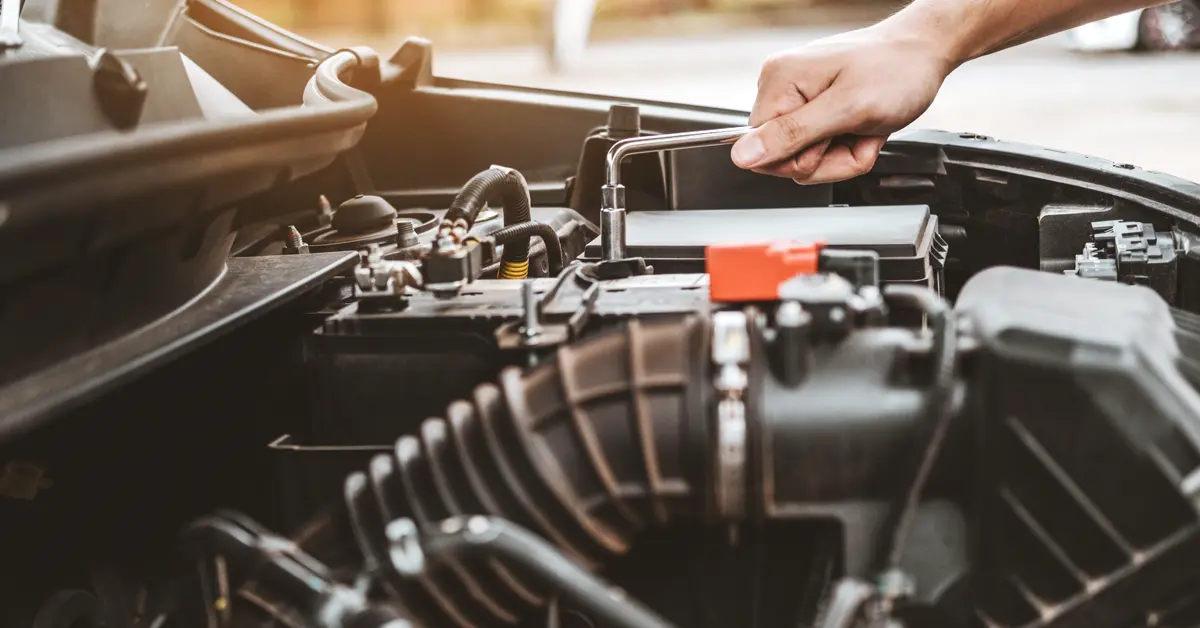Reaching one million miles in a car might sound like an unattainable feat. Witnessing an odometer roll over to that elusive seven-figure mark is a rare occurrence, but the path to achieving it isn’t shrouded in mystery or reliant on sheer luck.
It doesn’t require a specific car model to reach such extraordinary mileage what it takes is a determined effort to extend the life of your vehicle as much as possible.
With examples of million-mile cars spanning all vehicle types and brands, it’s clear that this isn’t merely about certain cars being inherently more durable.
Whether it’s a sedan, SUV, or pickup truck, while some models are undoubtedly engineered to last longer, that hasn’t stopped drivers from clocking a million miles in vehicles that might otherwise seem unlikely.
It almost sounds like the beginning of a punchline: what do a Mercedes-Benz 240D, a Ford F-350 Superduty, and a Toyota Highlander Hybrid all have in common?
The answer is they’ve all surpassed one million miles. Since such a wide variety of vehicles have made it to this milestone, the logical next step is to look at how these drivers did it and whether they relied on any special methods.
Reaching one million miles in any car is a monumental achievement. However, some critics argue that when a vehicle has had too many parts replaced especially major components like engines or transmissions it lessens the impact of the accomplishment.
There’s some truth in that. A million-mile record feels more genuine when a car runs that distance on its original powertrain. Remarkably, there are drivers who’ve done just that, with only minimal repairs along the way.
Names like Irv Gordon, who drove his Volvo 1800S over 3.2 million miles, Joel Cram in his Honda CR-V, and Mike Neal in his Toyota Tacoma have made reaching a million miles look routine.
A shared characteristic among these drivers is their frequent long-distance travel, especially highway driving.
This type of driving is optimal for vehicle longevity as it allows the engine to operate under steady conditions and low strain, minimizing the damage that comes with stop-and-go urban driving.
Cars that achieve high mileage often rack up hundreds of miles daily, typically on interstates. So, is it luck that these cars endure, or are their drivers following a particular formula?
Before diving into the mechanics of hitting the million-mile mark, it’s important to acknowledge that no amount of care can eliminate risk entirely accidents do happen, and they’re often beyond the driver’s control.
Victor Sheppard is a prime example of how diligence pays off. His million-mile Toyota Tundra was eventually acquired by Toyota as a showcase, and the replacement 2016 Tundra he received is now nearing a million miles itself last reported at over 900,000.
Clearly, the car alone doesn’t make the difference. A wide spectrum of vehicles has reached this milestone like Irv Gordon’s iconic 1966 Volvo P1800S, “Million-Mile Joe” with his 1990 Honda Accord, and Ben Welch’s 1994 Chevrolet Suburban. These vehicles have little in common other than one crucial element: maintenance.
Rome wasn’t built in a day, and neither is a million-mile vehicle. It takes rigorous and sustained maintenance to keep a car on the road that long.
This isn’t just about keeping up with manufacturer-recommended service intervals although that’s a good starting point. To push a car to a million miles is an extreme undertaking.
Most manufacturers aim for a vehicle lifespan of around 200,000 miles. According to iSeeCars, in the past 20 years, the expected mileage ceiling for a new car ranges from 230,000 to 297,000 miles.
These figures reflect only the top 2.5% of all models sold, meaning hitting one million is far from the norm.
The difference between a car reaching hundreds of thousands of miles versus one hitting a million is similar to the difference between an average gym-goer and a professional bodybuilder.
Those are the wise words of Mark Miller, whose Toyota Highlander Hybrid lasted 17 years and reached a million miles before being destroyed by a flood.
Regular oil changes are one of the simplest yet most effective ways to extend engine life especially when done more frequently than the manual recommends, along with frequent filter replacements.
If you’re eyeing the million-mile club, familiarity with your owner’s manual is essential; following scheduled maintenance isn’t optional, it’s what separates record-breaking longevity from a trip to the junkyard.
Reaching one million miles involves some eye-opening numbers. Expect to spend over $150,000 on fuel, undergo hundreds of oil changes, and replace countless filters, tires, and other components.
Breaking down the lifetime maintenance of a million-mile car offers a staggering perspective. Victor Sheppard took his Tundra to the dealership 117 times over nine years for servicing.

This underscores just how critical maintenance is. Few cars last over five decades without significant repairs, let alone one that travels millions of miles. The stats behind Gordon’s car are borderline unbelievable.
For a car that cost $4,150 back in 1966, Irv Gordon spent nearly $190,000 on gasoline alone over the vehicle’s life. So if you’re serious about chasing a million miles, be prepared to invest.
As your vehicle ages, proactive maintenance becomes increasingly essential. Preventative care such as changing oil ahead of schedule or preemptively replacing parts before failure is the difference-maker.
For example, when Ben Welch’s 1994 Suburban lost its serpentine belt mid-drive (which powers the water pump and more), he narrowly avoided a blown engine. That close call likely would have ended differently if he hadn’t kept the engine so well-maintained up to that point.
Mike Neal offers a textbook example of preventive maintenance. When his 2008 Toyota Tacoma needed a head gasket, he opted to refresh the entire cylinder head rather than risk problems later. That kind of forward-thinking is essential to reach mega mileage.
There’s a running joke about Subaru’s boxer engines and their notorious head gaskets, but swapping out the factory part with a more durable aftermarket option at 100,000 miles (or whatever your manual says) can dramatically boost longevity. The same applies to many vehicles major problems can be avoided by anticipating them.
While you can extend the life of most cars with enough care, some are simply better built. Certain models like the Kia Sorento, Nissan Pathfinder, and Hyundai Elantra are generally considered less reliable, but even those can surprise you with proper maintenance. One 2013 Elantra even reached one million miles in just five years.
Still, some models stand out. Toyota is renowned for high-mileage durability, particularly the Sequoia, Land Cruiser, and Tundra. The 2007 Tundra alone has at least two documented million-mile examples. Honda, too, has produced multiple million-mile vehicles.
However, a model’s record doesn’t guarantee similar performance across the board. Irv Gordon’s Volvo is a great example while he reached 3.2 million miles, the P1800S isn’t known for outstanding durability. His maintenance habits made the difference.
The Honda Accord is arguably the most successful model in the million-mile club, with at least four examples from 1990, 1993, 1994, and 2003 reaching the mark.
Among engines, the Honda K24 is a standout, powering the Accord, CR-V, and Civic, all known for high reliability. Honda plans to continue using this engine, making it a smart pick for long-term mileage. Toyota’s engines, too, are proven performers.
You might be tempted to buy a model known for hitting a million miles, but choosing the right car takes more than copying past success stories.
You need to research well find engines known for reliability, avoid models with high recall rates, and if buying used, verify the vehicle’s maintenance history.
Choosing a brand with a strong reliability track record is critical. And sometimes, you’ll need to pick practicality over flash. If your goal is to see that odometer hit 999,999, either become close friends with your mechanic or get ready to roll up your sleeves and start changing your own oil.
Diesel engines are particularly well-represented in the million-mile club. Designed for commercial use and built to endure extreme loads, diesel engines like the Cummins 6BT, Detroit Diesel Series 60, or Mercedes OM617 are known for running almost indefinitely when maintained.
Their high compression ratios, strong internals, and fuel-efficient designs allow them to operate for decades, especially in fleet or industrial settings where uptime is critical.
Even gasoline engines can reach the milestone with care and commitment. The legendary Toyota 22RE, Honda’s D-series and K-series engines, and GM’s LS V8s are all known for their long-haul durability.
Stories abound of owners hitting a million miles simply by treating their engine like a long-term investment, not a disposable tool.
At the end of the day, an engine crossing 1,000,000 miles without a rebuild isn’t a miracle—it’s a testament to engineering, consistency, and a little mechanical empathy.
While modern engines are more powerful and efficient than ever, they’re often built with cost and emissions regulations in mind, not longevity.
That’s why these older engines, lovingly maintained and wisely driven, continue to defy the odds and outlive the vehicles wrapped around them.

